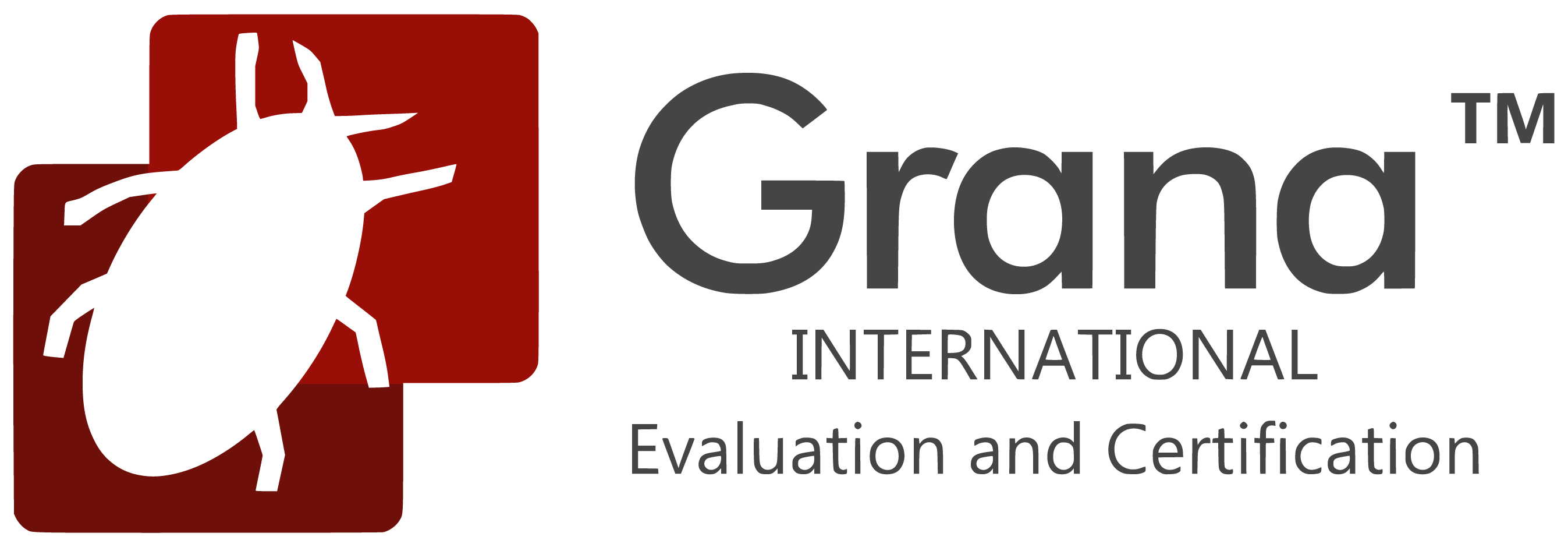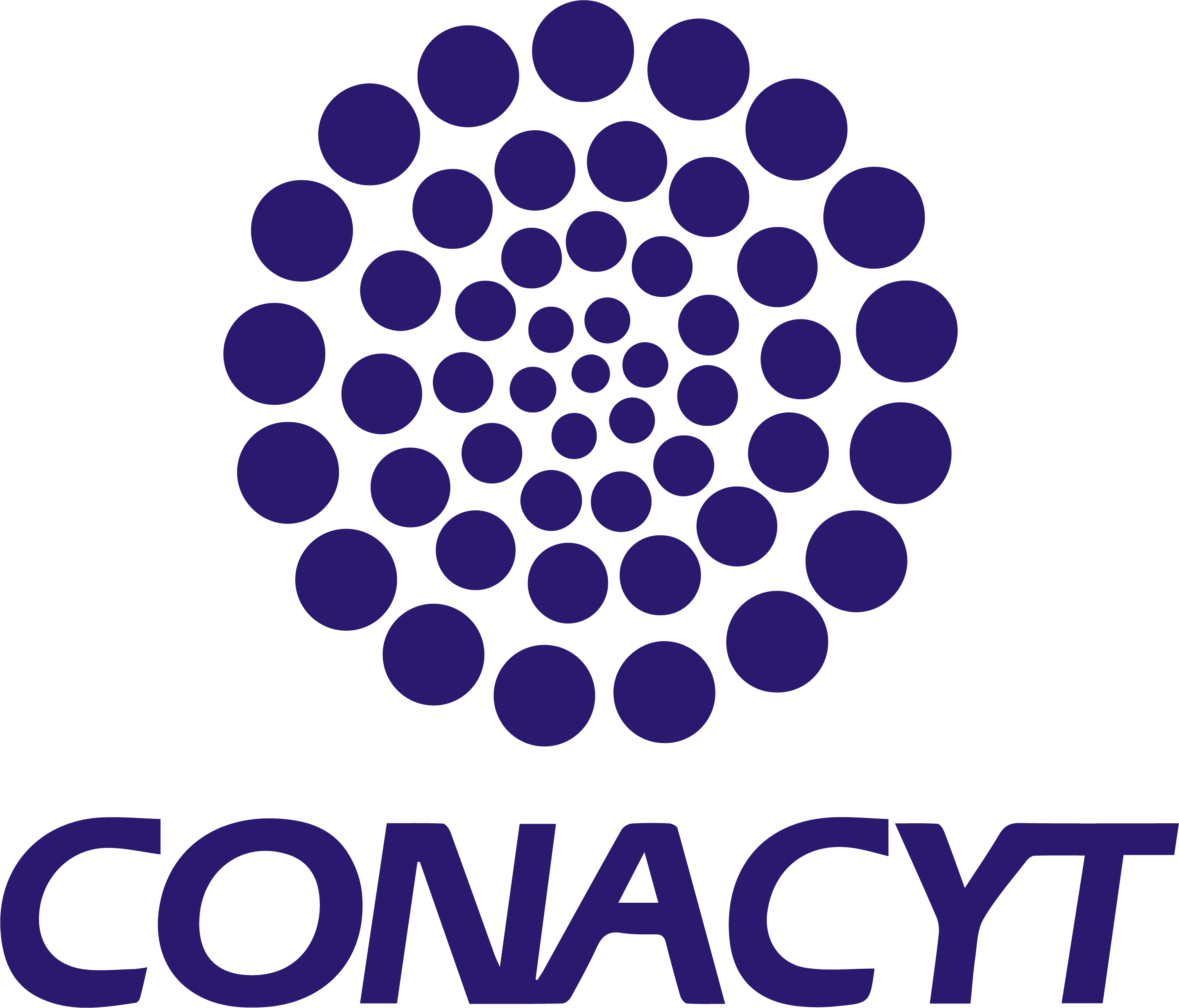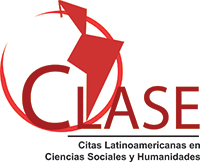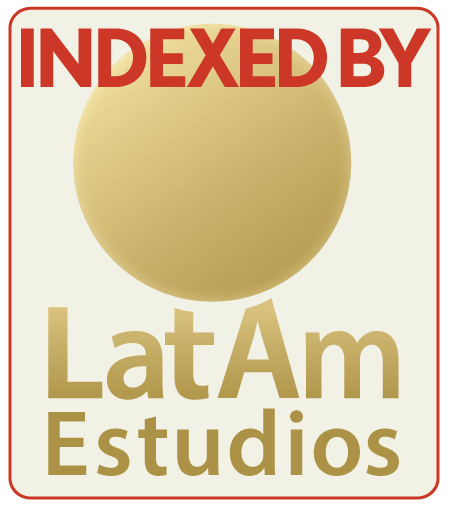Snakes and Ladders: innovative proposal for the Physical Education class
Abstract
Students’ interest in Physical Education classes has declined due to the monotony of activities and/or games proposed by teachers. This study explored the impact of the traditional game Snakes and Ladders with a physical-motor adaptation, implemented through the Genially platform. The central objective was to analyze the experiences and meanings participants attributed to this game proposal after its execution. Additionally, it aimed to encourage reflection for designing and developing games that enhance future students’ learning processes. The intervention was conducted with pre-service teachers in the Bachelor’s Degree program in Physical Education at the Benemérita Escuela Normal “Manuel Ávila Camacho”, located in the capital city of Zacatecas. During the diagnostic phase, a qualitative approach was adopted, employing a phenomenological design to explore and understand the lived experiences of participants from their perspective. The participant pool consisted of 61 pre-service teachers, of whom 31 were conveniently selected by the researcher as the sample for interviews. The collected data were analyzed using MAXQDA software, revealing distinctive terms such as: motivational, satisfying, resistance, innovative, and enjoyable. The results determined that the game fosters active participation, enhances interest, motivation, and enjoyment, and contributes to the development of physical-motor skills. It was concluded that this proposal represents an innovative and effective game for Physical Education classes, capable of integrating technology with physical activities.
Downloads
References
Almonacid Fierro, A. (2012). La educación física como espacio de transformación social y educativa: perspectivas desde los imaginarios sociales y la ciencia de la motricidad humana. Estudios Pedagógicos (Valdivia), 38(ESPECIAL), 177-190. https://doi.org/10.4067/s0718-07052012000400010
Ambretti, A., Fogliata, A., y Di Palma, D. (2024). Innovación en educación física: propiocepción, visión periférica, autoconciencia y sostenibilidad. Journal of Human Sport and Exercise , 19 (3), 915-929. https://doi.org/10.55860/ng96c626
Aniszewski, E., y Henrique, J. (2023). The relationship between competence, autonomy, and relatedness satisfaction and disinterest in physical education classes in elementary school. Educação em Revista, 39. https://doi.org/10.1590/0102-469836854-t
Arufe-Giráldez, V. (2019). Fortnite EF, un nuevo juego deportivo para el aula de Educación Física: Propuesta de innovación y gamificación basada en el videojuego Fortnite. Sportis, 5(2), 323-350. https://doi.org/10.17979/sportis.2019.5.2.5257
Bennasar-García, M. I. (2020). La innovación educativa en educación física, una posibilidad pedagógica trascendente en el ámbito universitario. Revista EDUCARE-UPEL-IPB-Segunda Nueva Etapa 2.0, 24(3), 265-289. https://doi.org/10.46498/reduipb.v24i3.1387
Colberg, S. R., y Scheiner, G. (2022). Digital support for physical activity. In Diabetes Digital Health and Telehealth (pp. 147-158). Academic Press. https://doi.org/10.1016/b978-0-323-90557-2.00009-1
Cortabitarte, I. C., Hoyos, C. R., y Salvador, A. C. (2020). Potencialidades y límites educativos de los videojuegos activos: una investigación basada en entrevistas a docentes de Educación Física. Cultura, ciencia y deporte, 15(43), 43-52. https://doi.org/10.12800/ccd.v15i43.1398
Duchi Armijos, M. K., y González Arévalo, P. B. (2022). Lúdica enfocada al aprendizaje significativo de “formulación y nomenclatura de anhídridos” para Segundo de Bachillerato de la Unidad Educativa “Herlinda Toral” (Bachelor's thesis, Universidad Nacional de Educación).
González García, J. S., Inguanzo, R. F., Jasso García, L. H., Salazar Valdez, D. A., y Martínez Ramírez, S. K. (2024). Código QR en la Educación Física para el desarrollo de rally´ s escolares. Emergentes-Revista Científica, 4(2), 1-15. https://doi.org/10.60112/erc.v4i1.127
Hernández-Martín, P., Ingelmo, R. M. G., Liago, J. D. U., y del Moral García, J. E. (2020). Autopercepción de la motivación en las clases de educación física según el sexo, la edad y el tipo de práctica físico-deportiva. Papeles salmantinos de educación, (24), 149-162. https://doi.org/10.36576/summa.132087
Hernández-Nieto, R. (2011). Instrumentos de recolección de datos. Validez y confiabilidad. Normas y formatos. Mérida, Venezuela: Consejo de Estudios de Postgrado, Universidad de Los Andes.
Hernández-Sampieri, R., y Mendoza, C. (2020). Metodología de la investigación: las rutas cuantitativa, cualitativa y mixta. McGraw Hill México. https://doi.org/10.22201/fesc.20072236e.2019.10.18.6
Jian, L. (2024). Analysis of the Quality of PE Classroom Teaching with Multimedia Technology. International Journal of High Speed Electronics and Systems, 2440081. https://doi.org/10.1142/s0129156424400810
Kaltsas, E. P., y Gkaintartzi, A. (2023). Active Participation of Students in the Education Process. https://doi.org/10.9734/bpi/rhlle/v6/9919f
Karatsareas, P. (2022). Semi-structured interviews. Research methods in language attitudes, 99-113. https://doi.org/10.1017/9781108867788.010
Kaul, V., Morris, A., Chae, J. M., Town, J. A., y Kelly, W. F. (2021). Delivering a Novel Medical Education “Escape Room” at a National Scientific Conference: First Live, Then Pivoting to Remote Learning Because of COVID-19. Chest, 160(4), 1424-1432. https://doi. org/10.1016/j.chest.2021.04.069
Kenzie, ES, Wakeland, W., Jetter, A., Lich, KH, Seater, M., Gunn, R. y Davis, MM (2024). Protocolo para un método basado en entrevistas para mapear modelos mentales utilizando diagramas de bucles causales y entrevistas realistas. Evaluation and Program Planning , 103 , 102412. https://doi. org/10.1016/j.evalprogplan.2024.102412
Morales, J. (2013). La gamificación en la universidad para mejorar los resultados académicos de los alumnos. Quinto Congreso Virtual Iberoamericano de Calidad en Educación Virtual y a Distancia, (págs. 1 - 15). México. Obtenido de http://eprints.uanl.mx/8087/1/m8_2.pdf
Navarro Patón, R., Rodríguez Fernández, J. E., y Rico-Díaz, J. (2019). Formación de futuros maestros de Educación Física a partir del aprendizaje experiencial. Sportis, 5(3), 423-443. https://doi.org/10.17979/sportis.2019.5.3.5466
Navarro-Mateos, C., y Isaac, P. L. (2022). Una app móvil potencia la motivación del alumnado en una experiencia de gamificación universitaria. ALTERIDAD. Revista de Educación, 17(1), 64-74. https://doi.org/10.17163/alt.v17n1.2022.05
Radeljić, M., Selimović, H., Opić, S., Mulaosmanović, N., y Selimović, Z. (2020). The impact of creative teaching approach on reducing boredom in teaching process. Croatian Journal of Education: Hrvatski časopis za odgoj i obrazovanje, 22(1), 143-173. https://doi.org/10.15516/cje.v22i1.3553
Rosado, L. F. G. (2023). Las TIC en educación física a nivel universitario en la coyuntura actual. Polo del Conocimiento: Revista científico-profesional, 8(1), 543-566. https://doi.org/10.23857/pc
Singh, R., y Awasthi, S. (2024). Technology Integration in Physical Education: Exploring the Use of Wearable Devices and Virtual Reality for Enhancing Student Engagement and Learning Outcomes. Innovative Research Thoughts, 10(2), 70-74. https://doi.org/10.36676/irt.v10.i2.09
Sisouvong, V., y Pasanchay, K. (2024). Aprendizaje móvil: mejora de la educación autodirigida a través de la tecnología, las redes inalámbricas e Internet en cualquier momento y en cualquier lugar. Revista de reseñas de educación y aprendizaje , 1 (2), 39-50. https://doi.org/10.60027/jelr.2024.752
Troya Sánchez, ME, Moreno Ordóñez, RP, y Molina Perez, EM (2024). Innovación en la enseñanza y aprendizaje de lenguas extranjeras: la clave para la motivación de los estudiantes. Machala: Editorial UTMACH. https://doi.org/10.48190/9789942241849.4
Yuliana, O. Y., y Palumian, Y. (2023). Gamification of Learning Management System Improves Students’ Engagement, Active Learning and Performance. In 2023 14th International Conference on Information & Communication Technology and System (ICTS) (pp. 62-66). IEEE. https://doi.org/10.1109/icts58770.2023.10330870
Zhou, M. (2023). Educación impulsada por tecnología móvil en países en desarrollo. Science Insights Education Frontiers , 15 (1), 2147-2148. https://doi.org/10.15354/sief.23.co051

This work is licensed under a Creative Commons Attribution 4.0 International License.
In order to promote the development and dissemination of research in education in Latin America, the Ibero-American Journal for Educational Research and Development (RIDE) adhered to the Budapest Open Access Initiative, which is why it is identified as a Open access publication. This means that any user can read the complete text of the articles, print them, download them, copy them, link them, distribute them and use the contents for other purposes. Creative Cummons licenses allow users to specify the rights to use an open access journal available on the Internet in such a way that users know the rules of publication. Authors who publish in this journal accept the following conditions: Authors they keep the author's rights and give the magazine the right of the first publication, with the work registered with the attribution license of Creative Commons, which allows third parties to use the published material whenever they mention the authorship of the work and the first publication in this The authors can make other independent and additional contractual agreements for the non-exclusive distribution of the version of the article published in this journal (eg, include it in an institutional repository or publish it in a book) as long as they clearly indicate that The work was published for the first time in this magazine. Authors are allowed and recommended to publish their work. low on the Internet (for example on institutional or personal pages) before and during the review and publication process, as it can lead to productive exchanges and to a greater and faster dissemination of the published work















